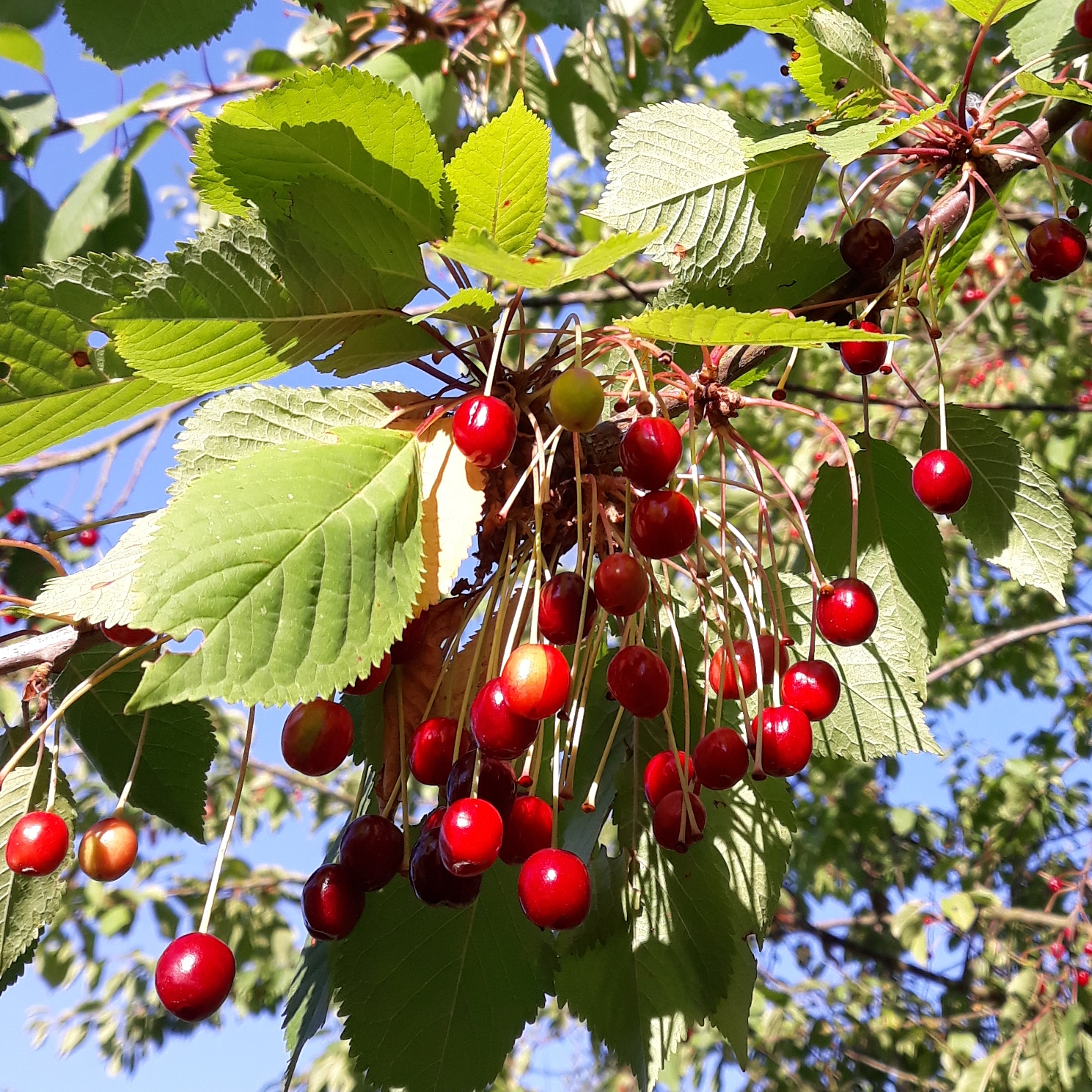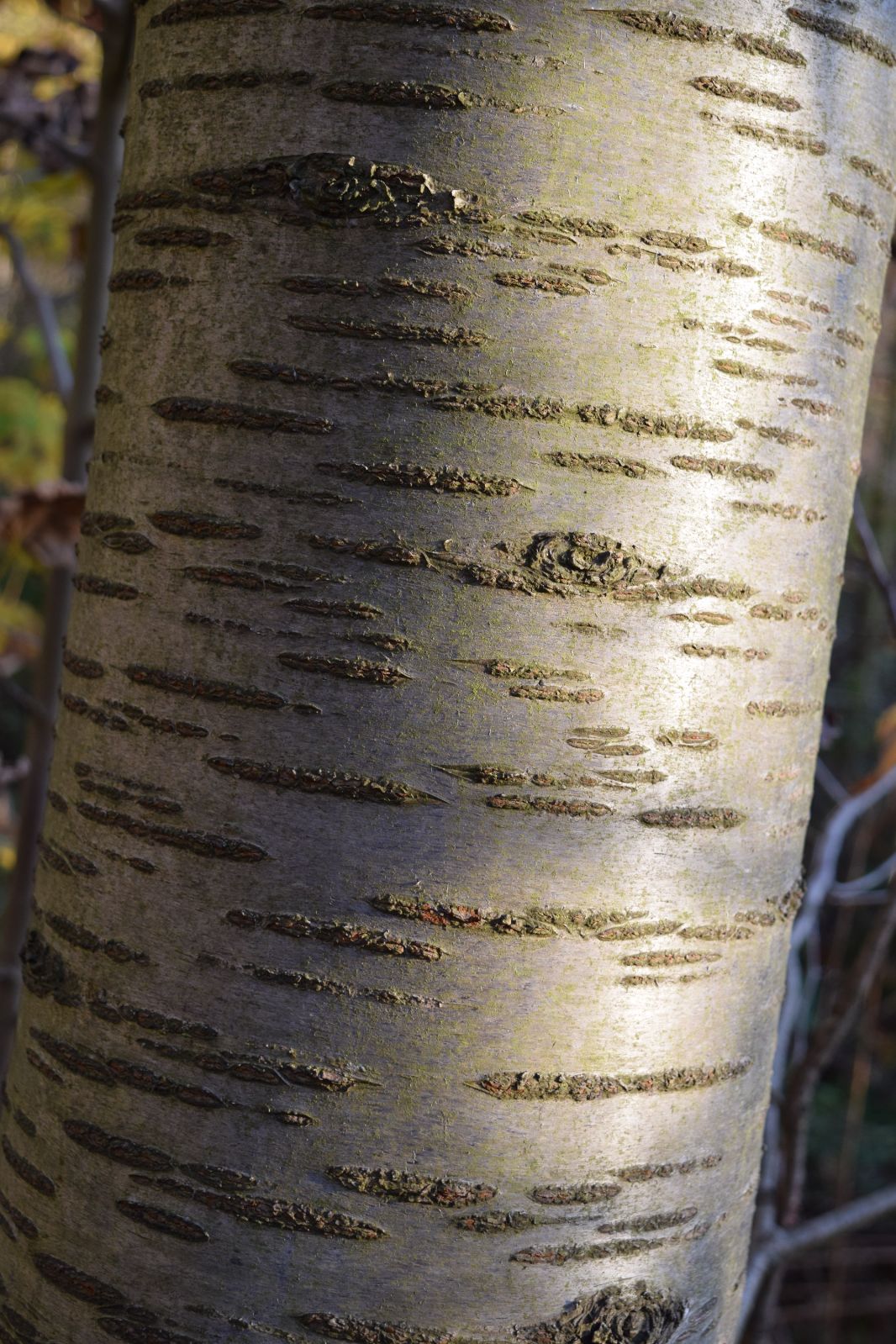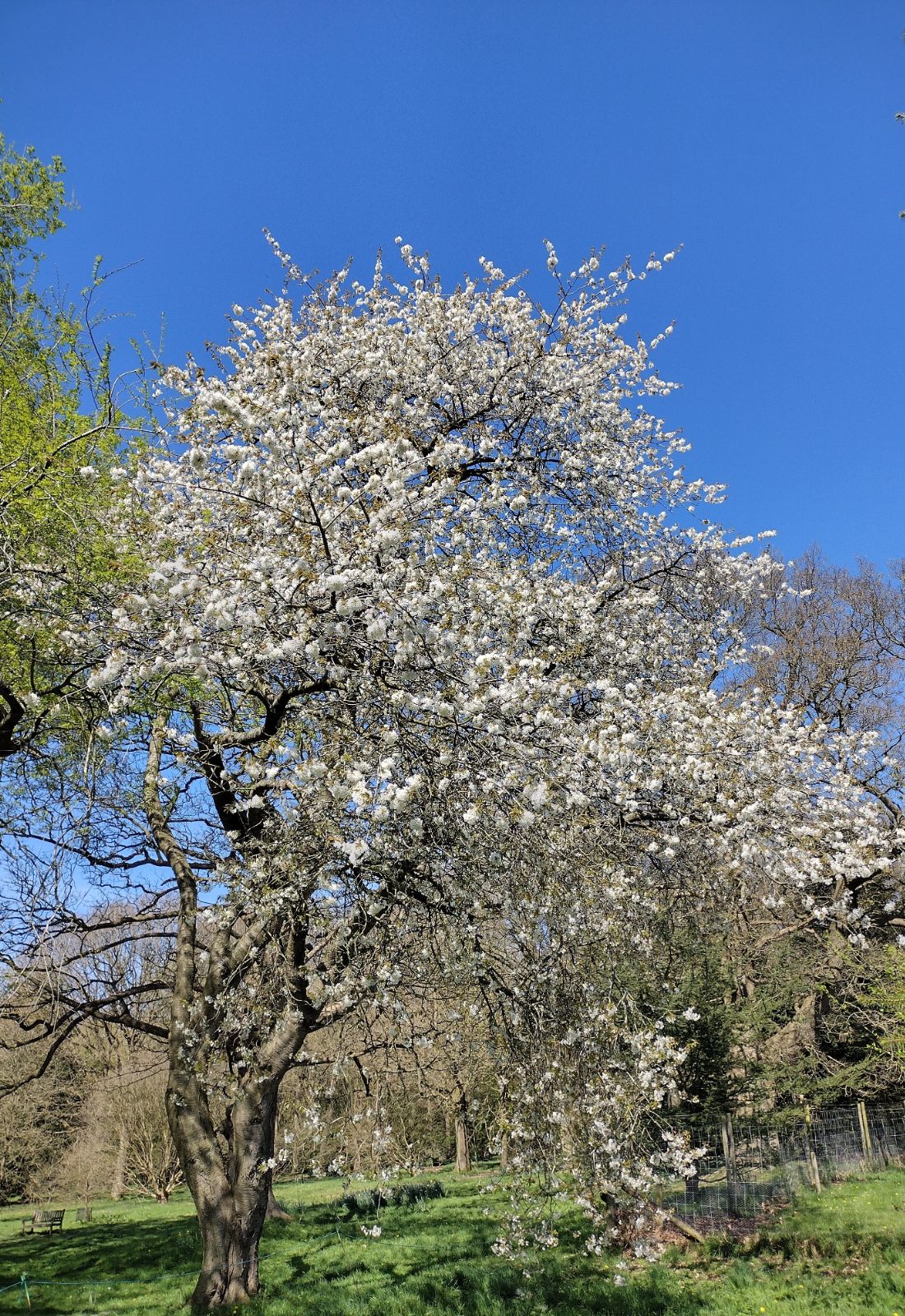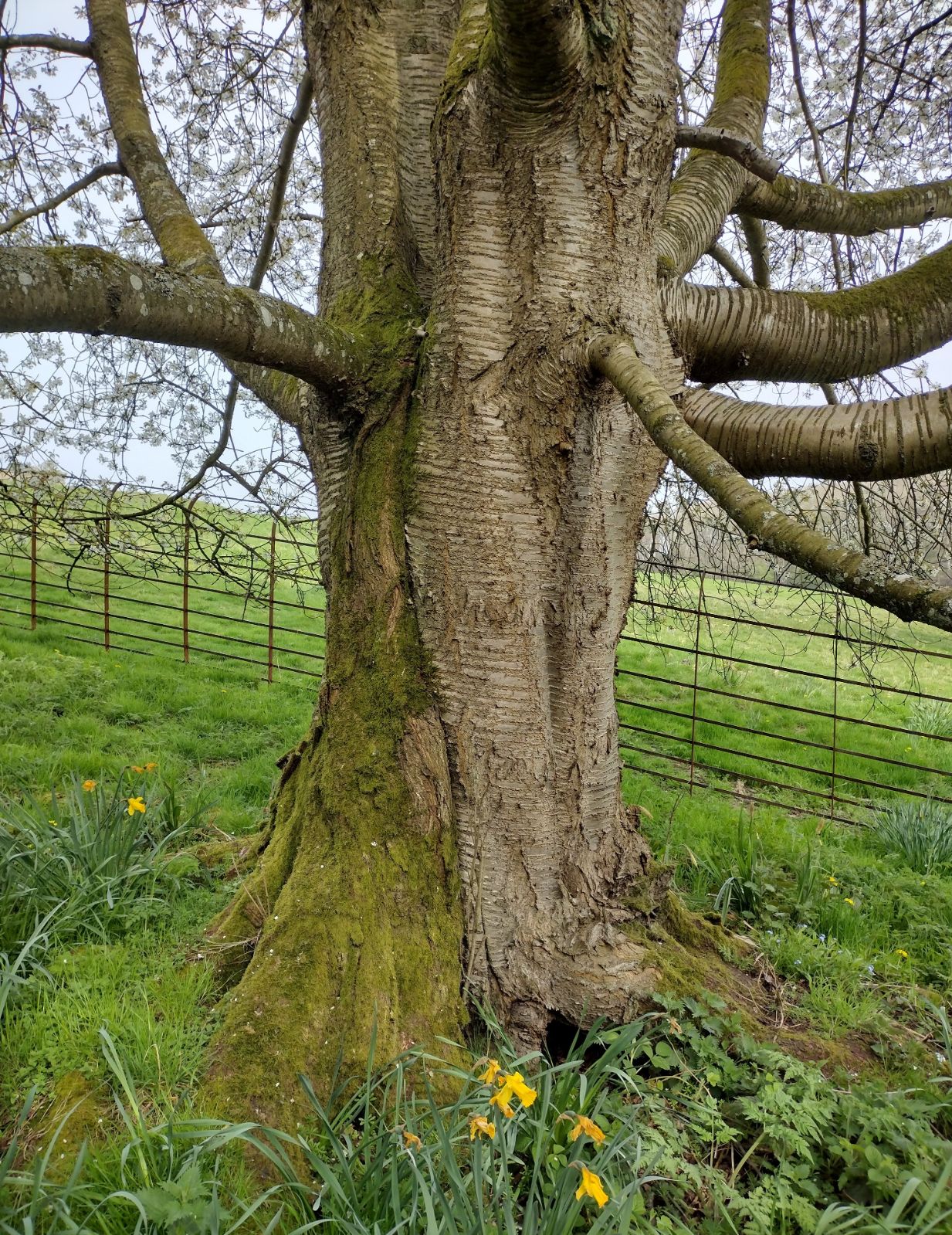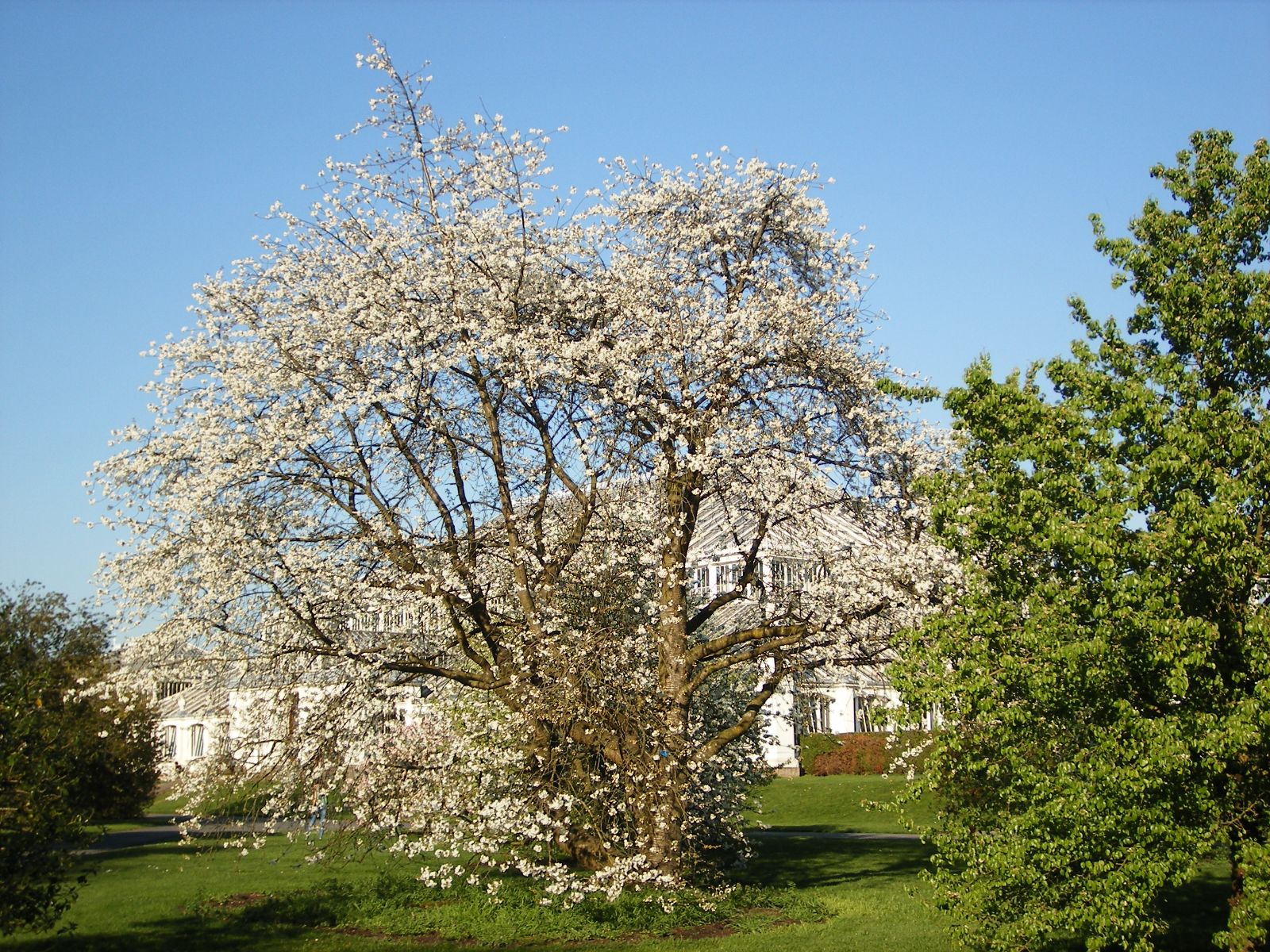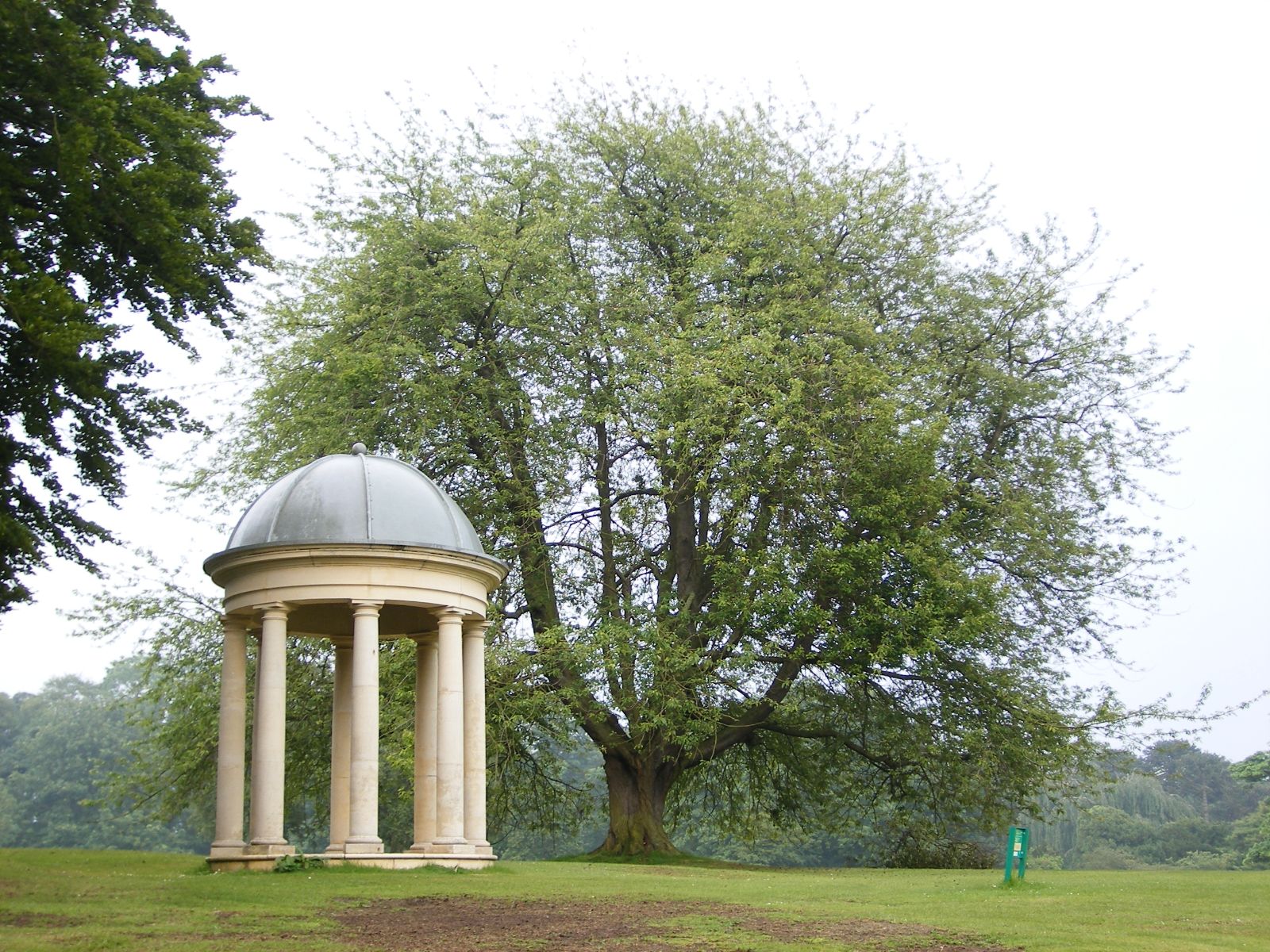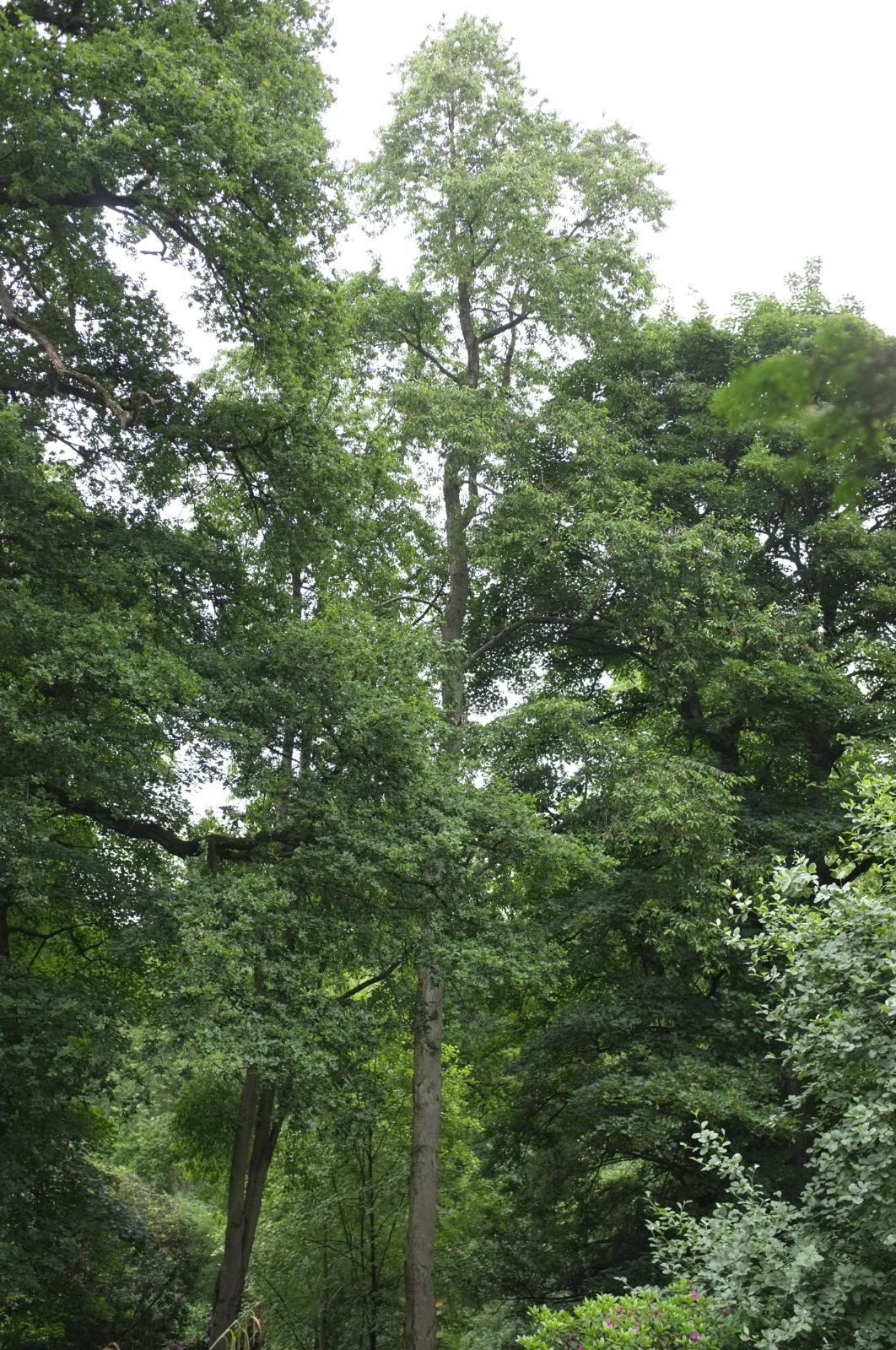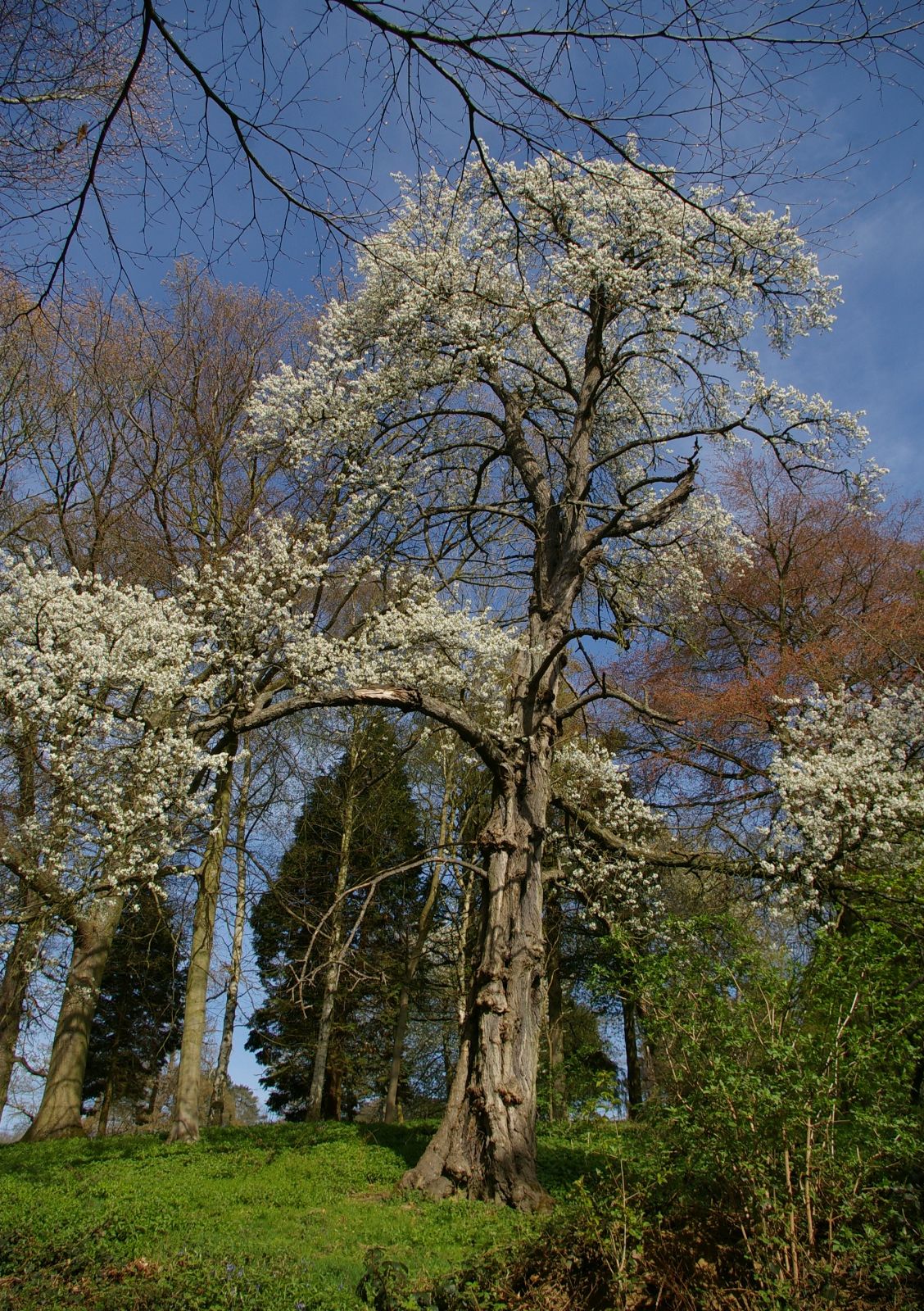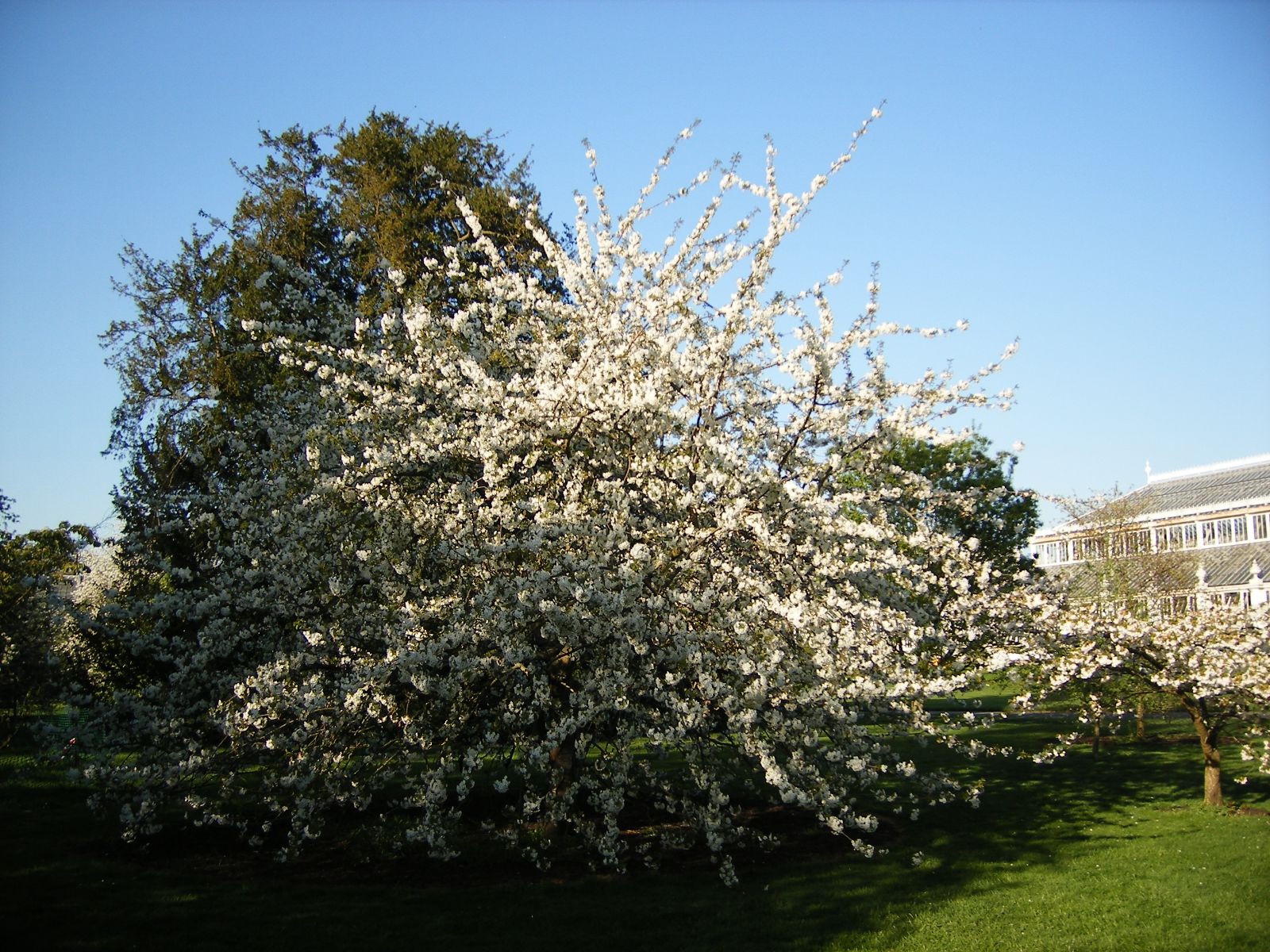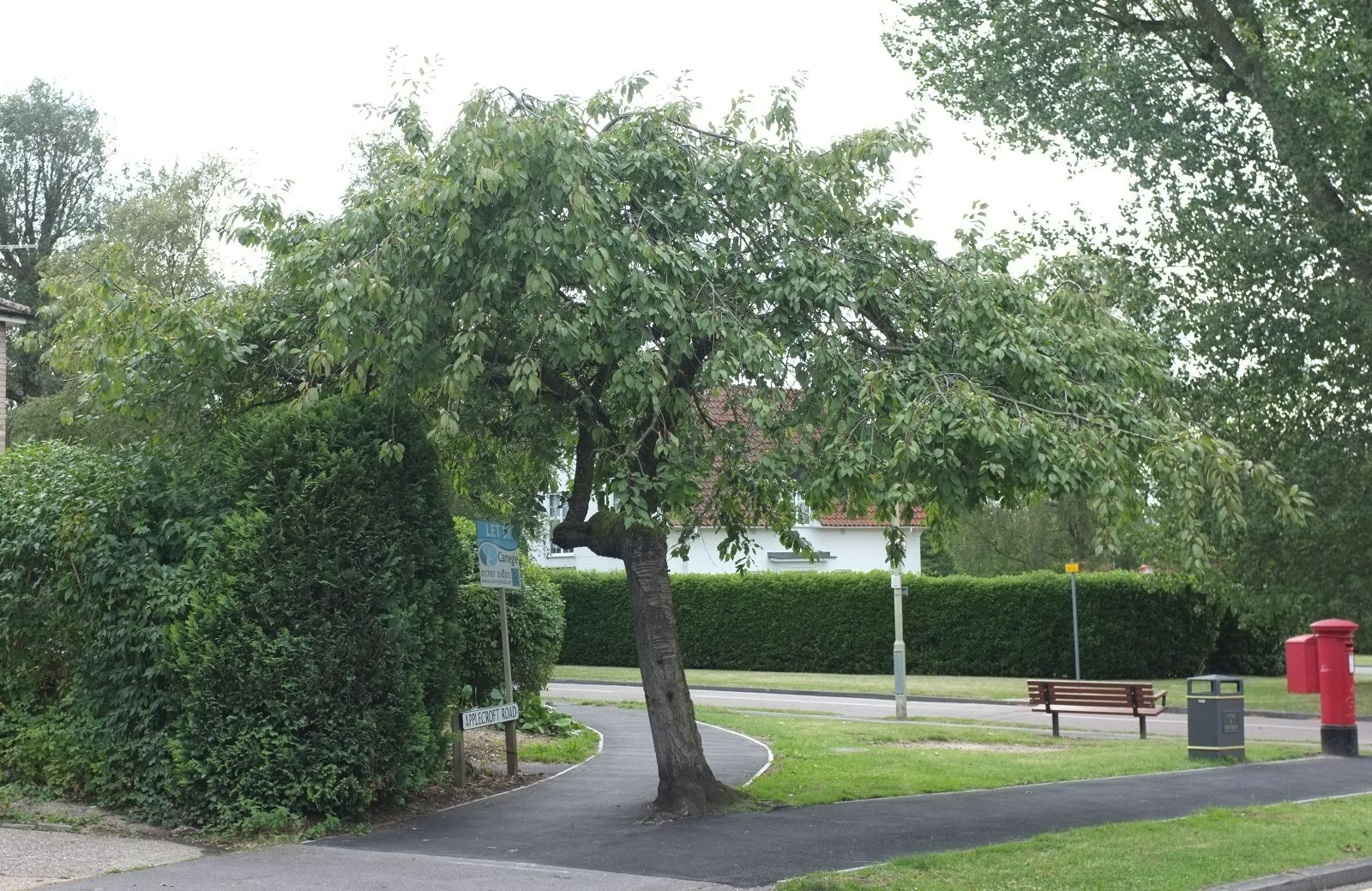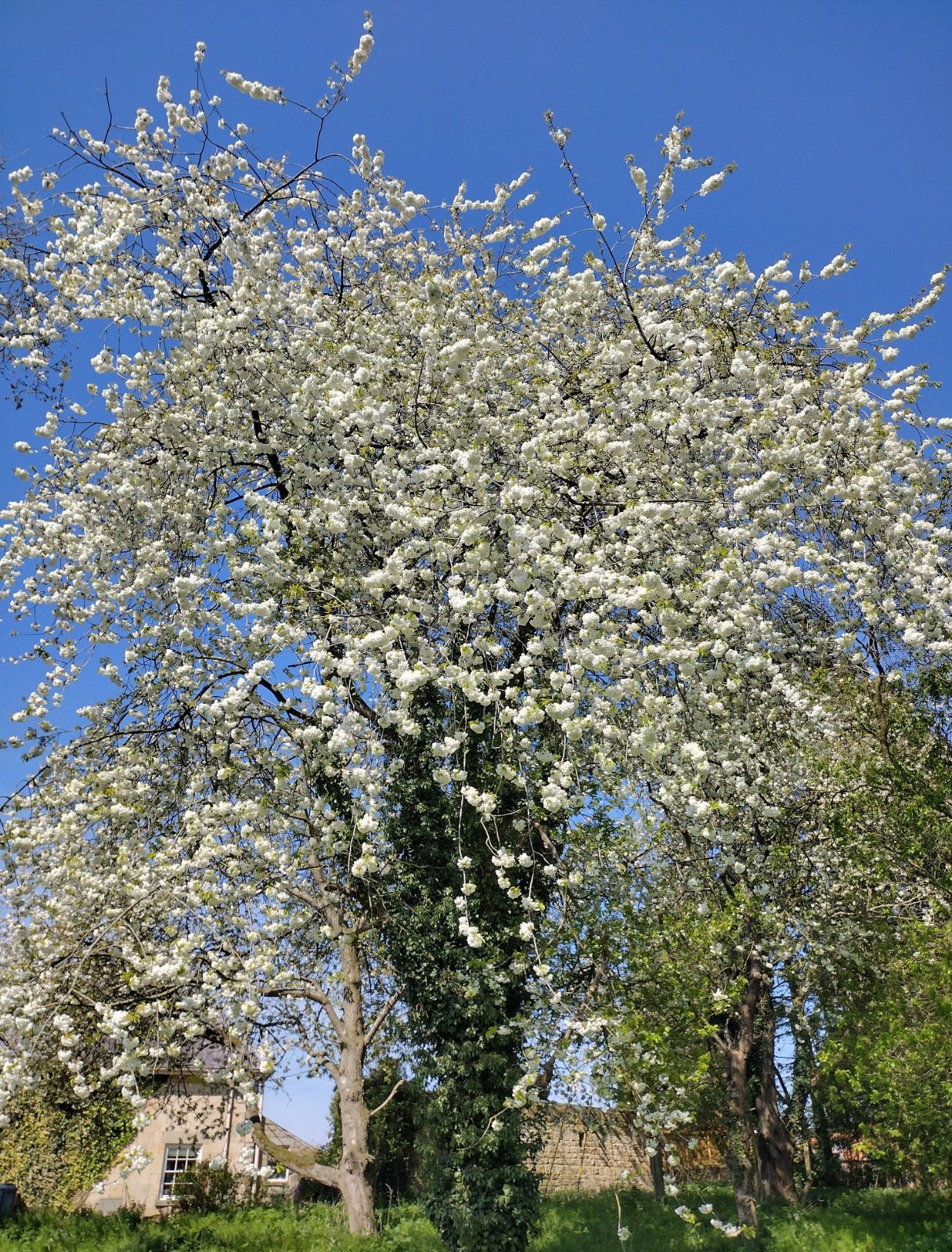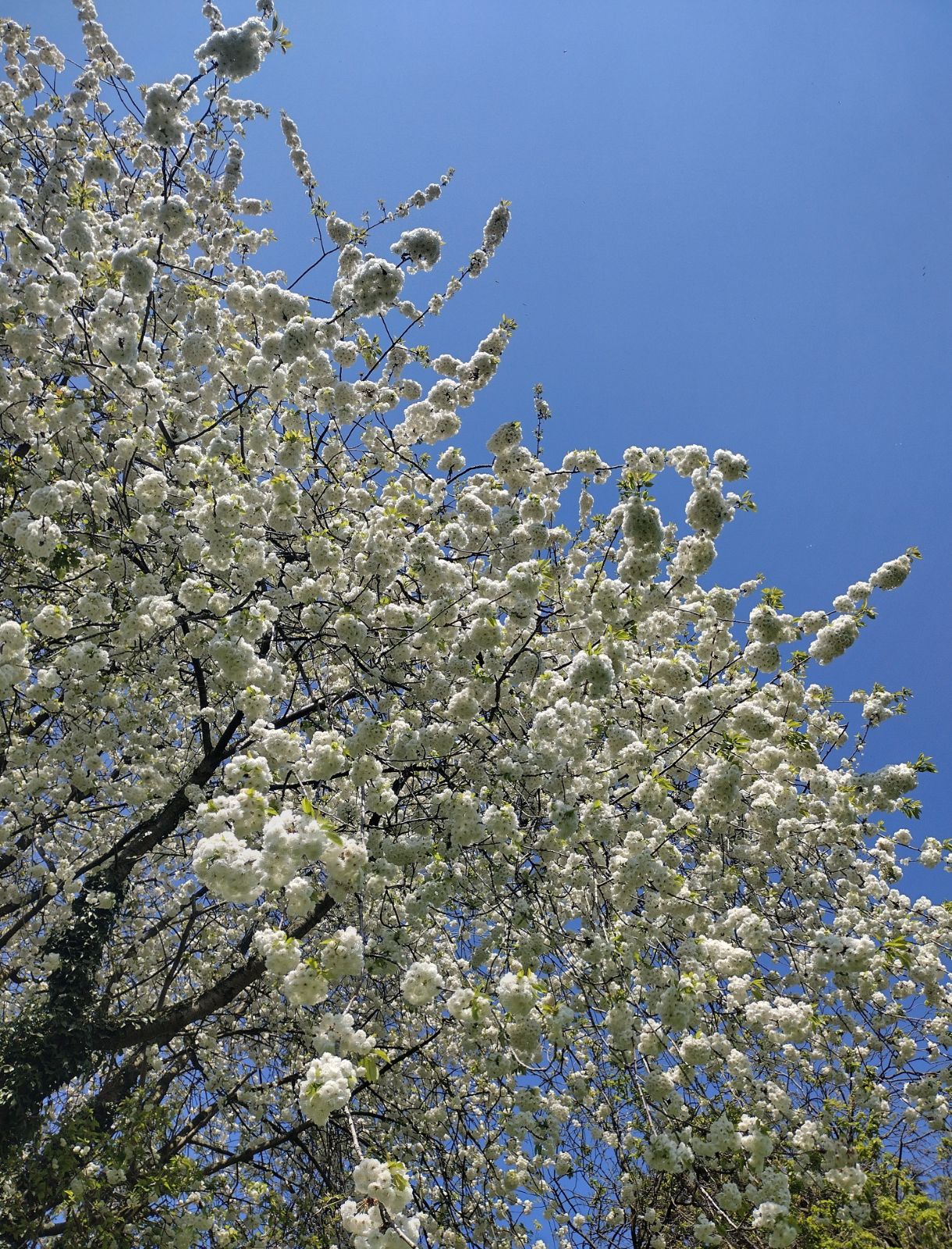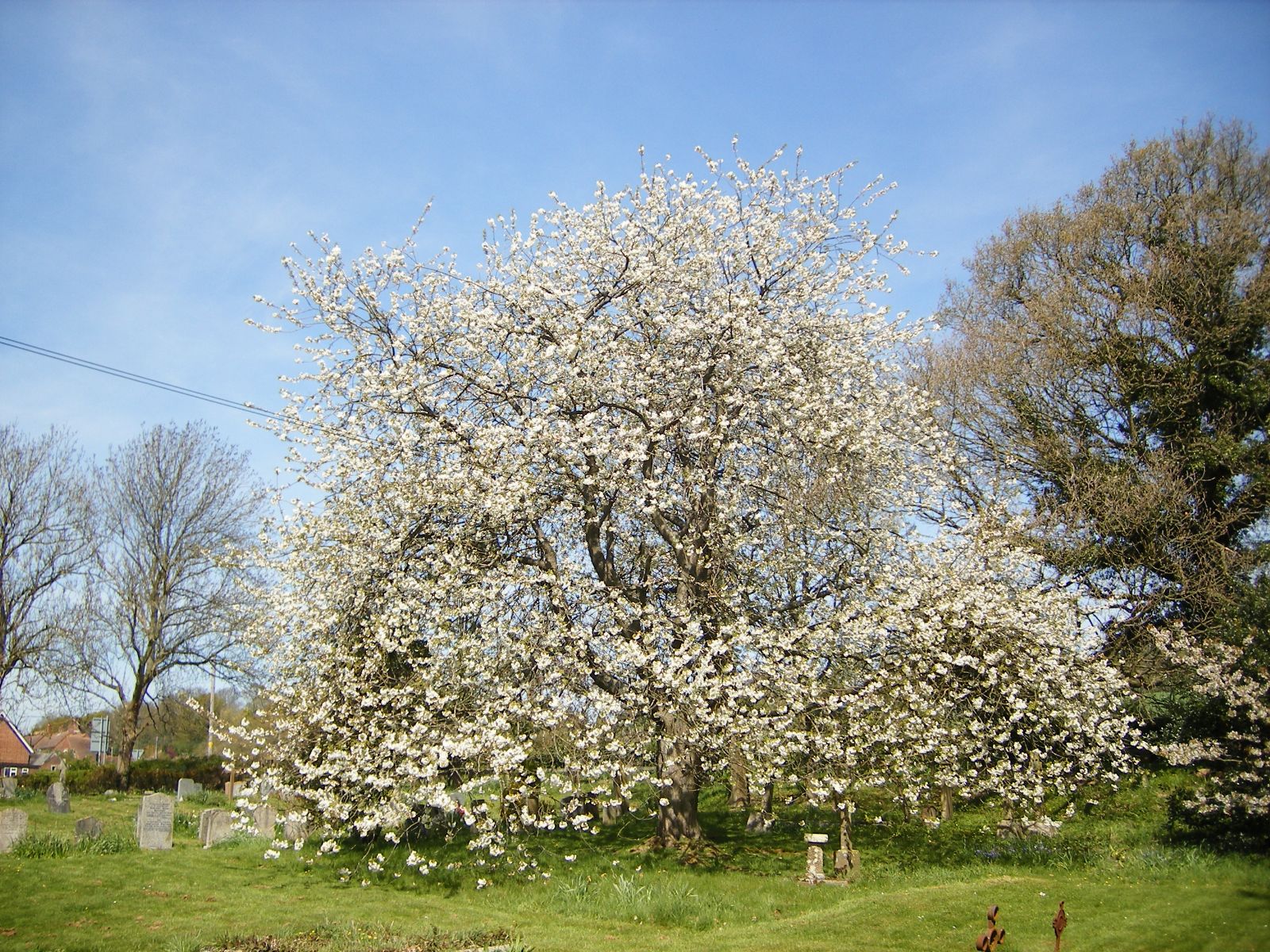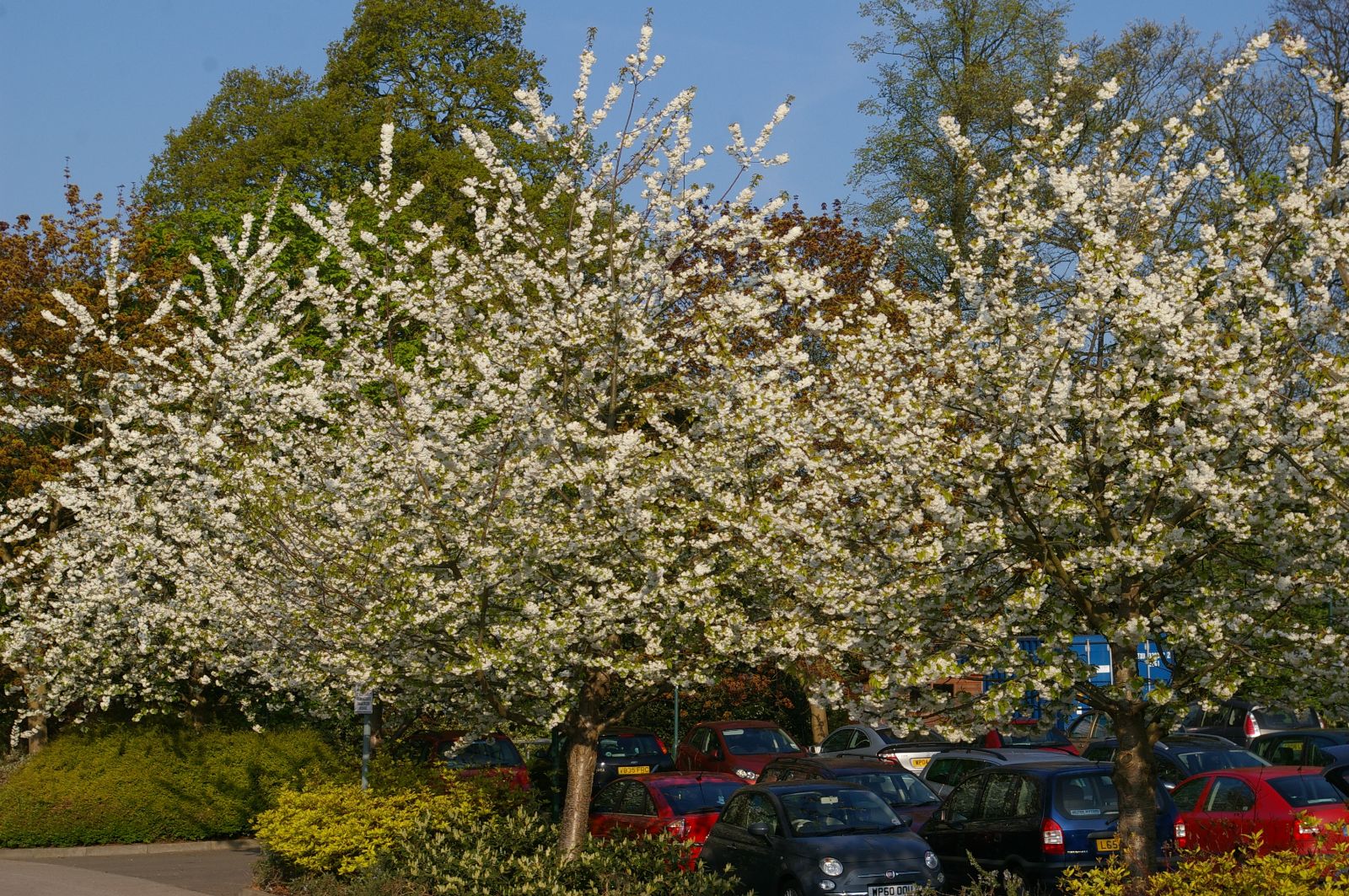Prunus avium
Credits
Article from Bean's Trees and Shrubs Hardy in the British Isles
Recommended citation
'Prunus avium' from the website Trees and Shrubs Online (treesandshrubsonline.
Infraspecifics
Other taxa in genus
- Prunus alleghaniensis
- Prunus americana
- Prunus × amygdalo-persica
- Prunus amygdalus
- Prunus angustifolia
- Prunus apetala
- Prunus arabica
- Prunus argentea
- Prunus armeniaca
- Prunus besseyi
- Prunus brigantina
- Prunus campanulata
- Prunus canescens
- Prunus cantabrigiensis
- Prunus cerasifera
- Prunus cerasus
- Prunus cocomilia
- Prunus concinna
- Prunus conradinae
- Prunus consociiflora
- Prunus cornuta
- Prunus cuthbertii
- Prunus dasycarpa
- Prunus davidiana
- Prunus × dawyckensis
- Prunus dielsiana
- Prunus domestica
- Prunus dulcis
- Prunus emarginata
- Prunus × fontanesiana
- Prunus fruticosa
- Prunus glandulosa
- Prunus grayana
- Prunus himalaica
- Prunus hortulana
- Prunus humilis
- Prunus ilicifolia
- Prunus incana
- Prunus incisa
- Prunus jacquemontii
- Prunus kansuensis
- Prunus lannesiana
- Prunus laurocerasus
- Prunus litigiosa
- Prunus lusitanica
- Prunus maackii
- Prunus mahaleb
- Prunus maritima
- Prunus maximowiczii
- Prunus microcarpa
- Prunus mira
- Prunus mugus
- Prunus mume
- Prunus nigra
- Prunus nipponica
- Prunus orthosepala
- Prunus padus
- Prunus pensylvanica
- Prunus persica
- Prunus pilosiuscula
- Prunus prostrata
- Prunus pumila
- Prunus rufa
- Prunus salicina
- Prunus sargentii
- Prunus serotina
- Prunus serrula
- Prunus serrulata
- Prunus sibirica
- Prunus × sieboldii
- Prunus simonii
- Prunus sogdiana
- Prunus speciosa
- Prunus spinosa
- Prunus ssiori
- Prunus subcordata
- Prunus subhirtella
- Prunus takesimensis
- Prunus tangutica
- Prunus tenella
- Prunus tomentosa
- Prunus triloba
- Prunus virginiana
- Prunus × yedoensis
A deciduous tree up to 60 ft or more high, with a trunk occasionally 2 ft and upwards in diameter, the bark shining and peeling horizontally; young twigs glabrous. Leaves ovate to oval with a drawn-out point, 3 to 5 in. long, 11⁄2 to 2 in. wide (sometimes considerably larger on vigorous young trees), rather coarsely and irregularly toothed, hairy along the veins and midrib beneath; leaf-stalk 1 to 13⁄4 in. long, with reddish glands near the blade. Flowers pure white, about 1 in. across, produced on stalks from 1 to 13⁄4 in. long, in stalkless clusters from the previous year’s shoots, and from spur-like branches of earlier date. Fruits round, blackish red, 3⁄4 in. in diameter, sweet or bitter but not acid.
Native of Europe, including Britain, and one of the parents of cultivated fruiting cherries, especially the black ones. In the woodland the gean is very desirable, and in suitable places makes a big tree; in plantations separated from the house by a valley it might be planted in numbers for its effect in April and early May, but in the garden itself it should give place to the improved varieties. There was a good deal of confusion in botanical works between this species and P. cerasus. But P. avium differs from P. cerasus in the following respects: it is a tree sometimes of full middle size (the other is more or less dwarf or shrubby); the leaves are more coarsely toothed and hairy beneath; the fruit is not acid.
Elwes and Henry record specimens of the gean nearly 100 ft in height and others with girths of up to 12 ft (more at the base). It is doubtful if any of these are still living. The following have been recorded recently and no doubt there are many others of comparable size: Borde Hill, Sussex, 70 × 101⁄4 ft (1968); Elvetham Park, Hants, 65 × 121⁄2 ft (1963); Studley Royal, Yorks., 55 × 143⁄4 ft (1963); Smeaton, E. Lothian, 50 × 103⁄4 ft at 3 ft (1967). On deep, moist soil the gean and its double variety are fast growing, both in height and girth.
The gean is the usual stock for both the orchard cherries and many of the ornamentals (notably the Sato Zakura); mostly selected clones are used, propagated by layers or by root-cuttings.
None of the following garden varieties is of any importance, except ‘Plena’: cv.‘Asplenifolia’. – Leaves deeply and irregularly toothed. ‘Laciniata’ is the same or very similar.
From the Supplement (Vol. V)
The remarkable tree at Studley Royal, Yorkshire, is still in good health and measures 60 × 171⁄2 ft (1984).
'Decumana'
A remarkable variety with large single flowers and enormous leaves, often 8 to 10 in. long, and broad in proportion. Raised in France before 1808. Also known as ‘Nicotiniifolia’.'Nana'
A dwarf, stunted form with single flowers. It was described in the first edition of this work, but has never spread into gardens.
'Pendula'
Branches pendulous, but too stiffly so to be attractive.
'Plena'
This is the most beautiful of gean cherries, and one of the most beautiful of all flowering trees. Healthy trees never fail to flower in the utmost profusion, every branch and twig being wreathed from end to end with thick pendulous masses of the purest white blossom. Each flower is about 1{1/2} in. across, and consists of thirty to forty petals lasting long in beauty; fruits are rarely or never formed. A.G.M. 1924.The double gean in the form now commonly grown appears to have reached this country from France early in the 19th century. The fact that it was sometimes listed by continental nurserymen under the epithet flore pleno majore suggests that the form known earlier had smaller flowers.
'Premorsa'
Leaves of curious shape, with the appearance of having had the ends bitten off.The orchard cherries deriving from P. avium have been classified as follows, but the names are only of historical interest:var. duracina (L.) K. Koch
Synonyms
Prunus cerasus var. duracina L.
P. duracina (L.) Sweet
var. juliana (L.) K. Koch
Synonyms
P. cerasus var.juliana L.
P. juliana (L.) Gaudin

